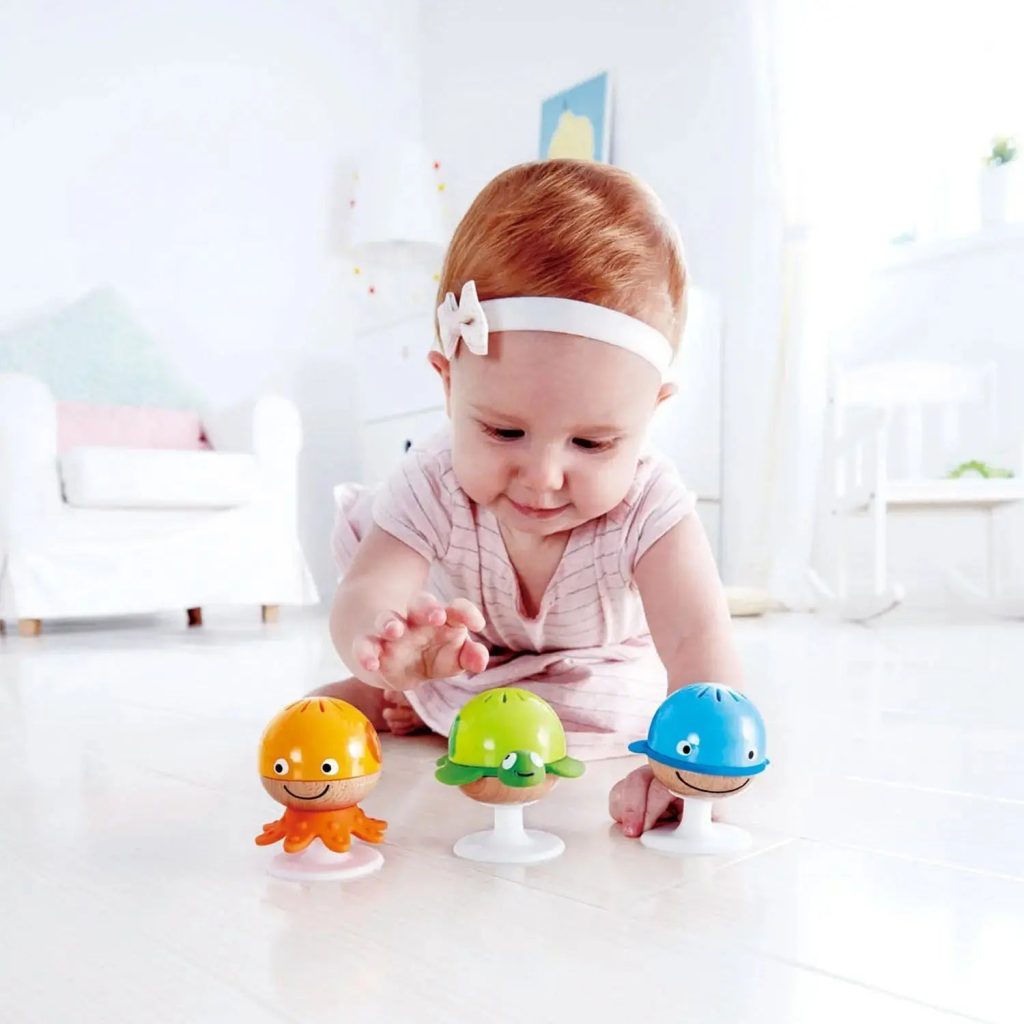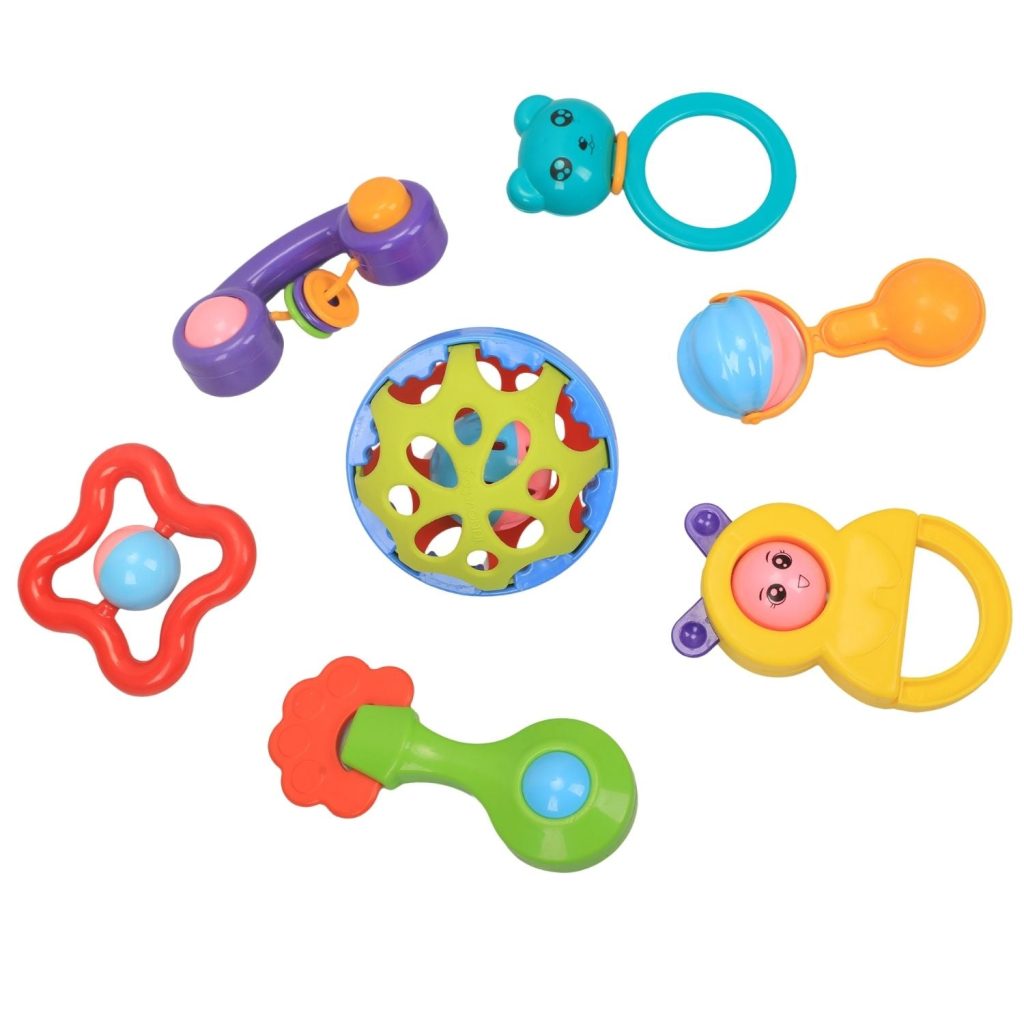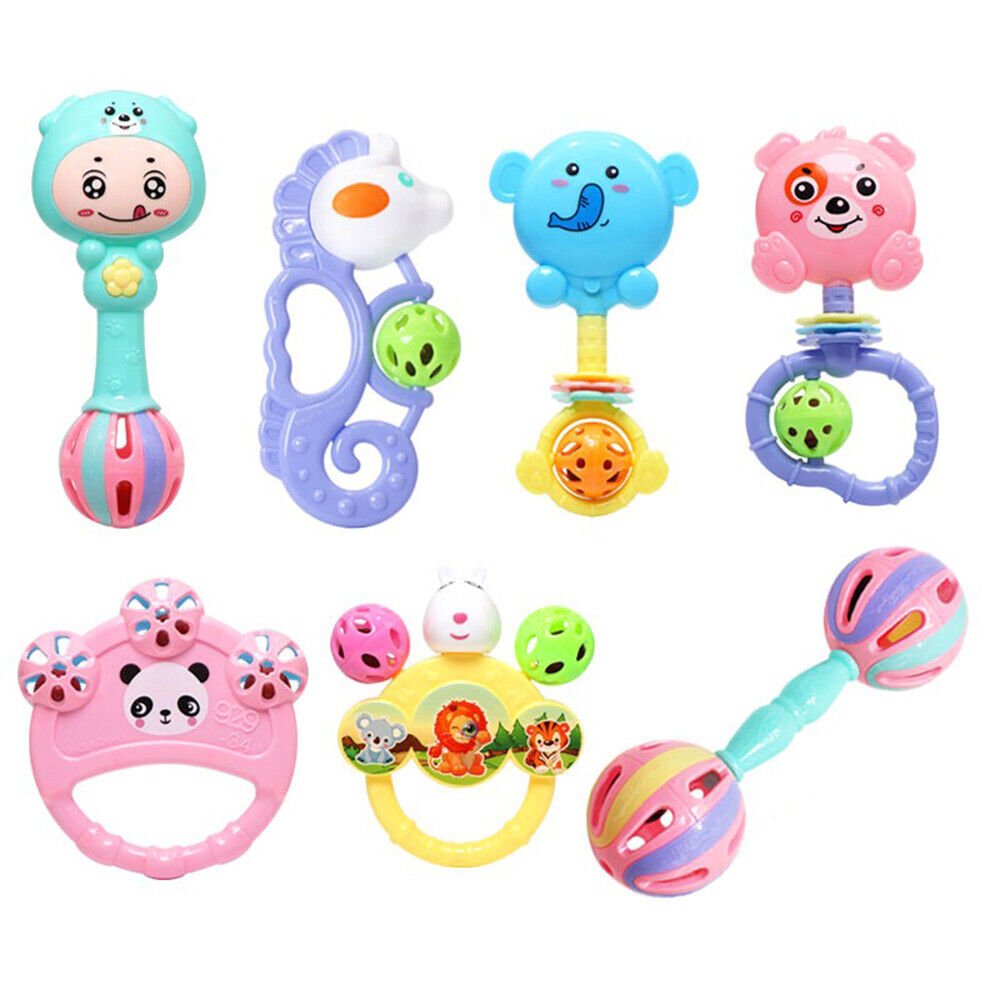Introduction to Rattle Toys
Rattle toys have become essential tools in early childhood development, delighting infants and stimulating their senses. These toys are designed to capture a baby’s attention through sound, movement, and bright colors. From classic wooden designs to modern plastic versions, rattles come in various shapes and sizes. They not only entertain but also play a crucial role in physical and cognitive development.
As babies grow, they explore their environment through touch, sight, and sound. Rattles provide an engaging way for infants to practice grasping, shaking, and exploring. This article will explore the history of rattle toys, different types available, benefits for infants, safety considerations, tips for choosing the best rattles, and suggestions for incorporating rattles into playtime.
The History of Rattle Toys
Evolution Through Time
Rattle toys have a long history that dates back to ancient civilizations. From the earliest times, parents recognized the need for tools that could capture their baby’s interest and provide sensory stimulation. Archaeological findings indicate that primitive rattles were made from natural materials, such as seashells and stones, which would create sounds when shaken.
Over centuries, the design and materials of rattle toys evolved. In the Middle Ages, crafted wooden versions became popular in Europe. Artisans began creating intricate designs, often incorporating symbolism and rich colors. By the 19th century, rattles became common gifts for new parents, showcasing craftsmanship and thoughtful design. Today, rattles come in various forms, benefiting from advancements in materials and understanding of child development.

Modern Innovations
In recent years, the rise of plastic and silicone rattles has transformed the market. These modern materials offer diverse textures and safe designs, catering to both infants and parents’ preferences. Many contemporary rattles incorporate interactive features such as lights, sounds, and movable parts, offering delightful experiences for babies.
Manufacturers have also begun prioritizing environmentally friendly materials. Bamboo, organic cotton, and recycled plastics are now common in many rattle designs, appealing to eco-conscious consumers. This combination of innovation and sustainability ensures that rattles remain a relevant and enjoyable toy for today’s young children.
Types of Rattle Toys
Classic Rattles
Classic rattles are typically simple in design, often made of wood or plastic, and feature a handle for easy grip. Many have a hollow body filled with small beads that create rattling sounds when shaken. These types of rattles are timeless and provide auditory stimulation while encouraging grasping reflexes in infants.
Classic rattles often come in recognizable shapes such as animals, fruits, or geometric figures. Their simplicity allows infants to focus on the basic concepts of cause and effect as they learn that shaking produces sound. They are also lightweight and easy to grasp, making them ideal for developing fine motor skills.
Teething Rattles
Teething rattles are specifically designed for infants who are experiencing discomfort during the teething process. These toys usually incorporate soft, chewable materials alongside traditional rattling features. Teething rattles often have various textures to soothe sore gums while still providing auditory stimulation.
Many teething rattles are made with safe, BPA-free materials, ensuring they are safe for babies to chew on. Some designs may include additional elements, such as soft plush toys, that can be cuddled while teething. This dual functionality allows teething rattles to serve as both playtime toys and comfort items.

Benefits of Rattle Toys for Infants
Sensory Stimulation
One of the primary benefits of rattle toys is the sensory stimulation they provide to infants. Rattles produce sounds, aiding in auditory development, and their vibrant colors catch babies’ attention, encouraging visual tracking. As infants shake or move rattles, they engage their senses in exploring their environment.
The sounds produced by rattles help stimulate an infant’s brain, fostering cognitive development. Additionally, the tactile experience of holding and manipulating the toy develops fine motor skills and hand-eye coordination. This sensory play is crucial during the first year of life as babies learn about the world around them.
Social Interaction and Bonding
Rattle toys also foster social interaction between infants and caregivers. When caregivers play with rattles alongside their babies, they create opportunities for bonding and communication. Gentle shaking of the rattle, making sounds, and interacting with the child provide an engaging experience.
This engagement promotes emotional connections while also laying the groundwork for language development. Caregivers can use sounds and gestures, encouraging imitation as infants begin to understand social cues. This playful interaction enhances the attachment between parents and infants, enriching their developmental experiences.
Safety Considerations for Rattle Toys
Non-Toxic Materials
When choosing rattle toys, safety is of utmost importance. Parents should ensure that rattles are made from non-toxic materials, especially since infants often explore the world through their mouths. Many manufacturers label their products as BPA-free and free of harmful chemicals.
Choosing rattles made from sustainable materials, such as organic cotton or natural wood, can provide additional peace of mind. These materials are often safer for teething infants and contribute to environmental well-being. Parents should also avoid rattles with small parts that could pose a choking hazard for young children.
Durability and Design
Rattle toys should be sturdy and well-constructed to withstand the rigors of infant play. Infants often shake, drop, and chew on their toys, so it is important to select durable options that can endure these activities. Checking for high-quality seams and strong, securely attached components can help ensure safety during use.
It is also recommended to choose rattles designed with smooth edges and no sharp parts. Toys should be free from potential pinch points that could hurt little fingers while playing. By prioritizing safety features and durable designs, parents can provide their infants with engaging and secure playtime options.

Tips for Choosing the Best Rattle Toys
Age Appropriateness
When selecting rattle toys, consider the infant’s age and developmental stage. Some rattles are designed specifically for newborns, while others cater to older infants who are more mobile and exploratory. Selecting toys that match the child’s developmental abilities can maximize their enjoyment and learning opportunities.
Younger infants may benefit more from lightweight and easy-to-grasp rattles, while older babies may enjoy toys with multiple features, such as lights and sounds. Always check the packaging for recommended age ranges to ensure the chosen rattle will be suitable and safe for the child.
Exploring Variety
To stimulate an infant’s development further, consider offering a variety of rattle toys in different shapes, sizes, and materials. This allows infants to explore multiple sensory experiences, encouraging their curiosity and enhancing motor skills. Rotating rattles can also keep things interesting for babies, promoting continued engagement and exploration.
Introducing various rattle types can help foster well-rounded development. Choose a mix of classic, teething, and interactive rattles to create a diverse collection. This will expose infants to different textures and sounds, stimulating their senses and enhancing their exploration journey.
Incorporating Rattles into Playtime
Engaging Activities
Rattle toys can be integrated into various engaging activities that promote infant learning and fun. Simple actions, such as making the rattle shake and singing a gentle song, can turn playtime into a delightful experience. Babies often respond to the sounds, encouraging them to interact and engage further.
Incorporating rattles into tummy time is another great way to stimulate interest. Placing a rattle just out of reach encourages infants to reach, crawl, or push themselves to explore. This promotes gross motor development while ensuring playtime remains entertaining.
Creating a Sensory Experience
Rattle toys can also be used to create a rich sensory experience for infants. Parents can introduce sensory bins filled with different textured items, incorporating rattles as part of the play. Babies can explore various materials while discovering how rattles produce sound and movement.
Enhancing sensory experiences encourages cognitive connections and promotes problem-solving skills. Caregivers can join in by describing textures and sounds, enhancing language development as babies learn to associate words with their experiences. This holistic approach helps create rich playtime opportunities that cater to multiple development areas.
Conclusion: Celebrate Playtime with Rattle Toys
In conclusion, rattle toys are integral to infant development and playtime. Their rich history, variety of types, and numerous benefits make them essential for young children. From stimulating the senses to encouraging social interaction, rattles foster vital growth during early childhood.
When selecting rattles, prioritize safety, age appropriateness, and variety. Incorporating rattles into playtime can enhance engagement and promote physical, cognitive, and emotional development. By exploring different shapes and designs, caregivers can keep playtime fresh and exciting for infants.
Ultimately, rattle toys provide a wonderful way to celebrate playtime. These engaging accessories invite infants to learn, explore, and bond with their caregivers. By prioritizing play and sensory engagement, parents can cultivate joyful experiences that positively shape their child’s early years.
